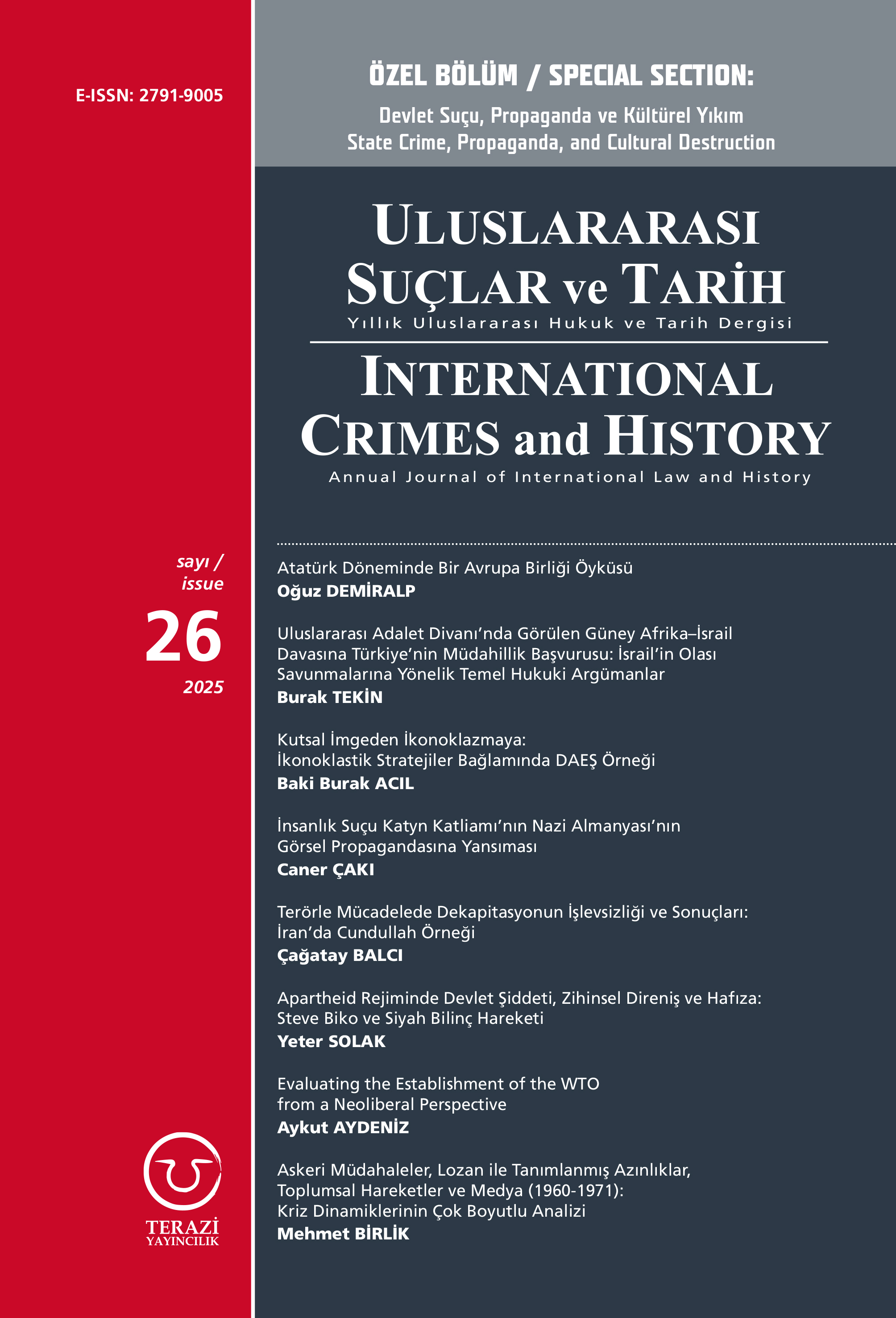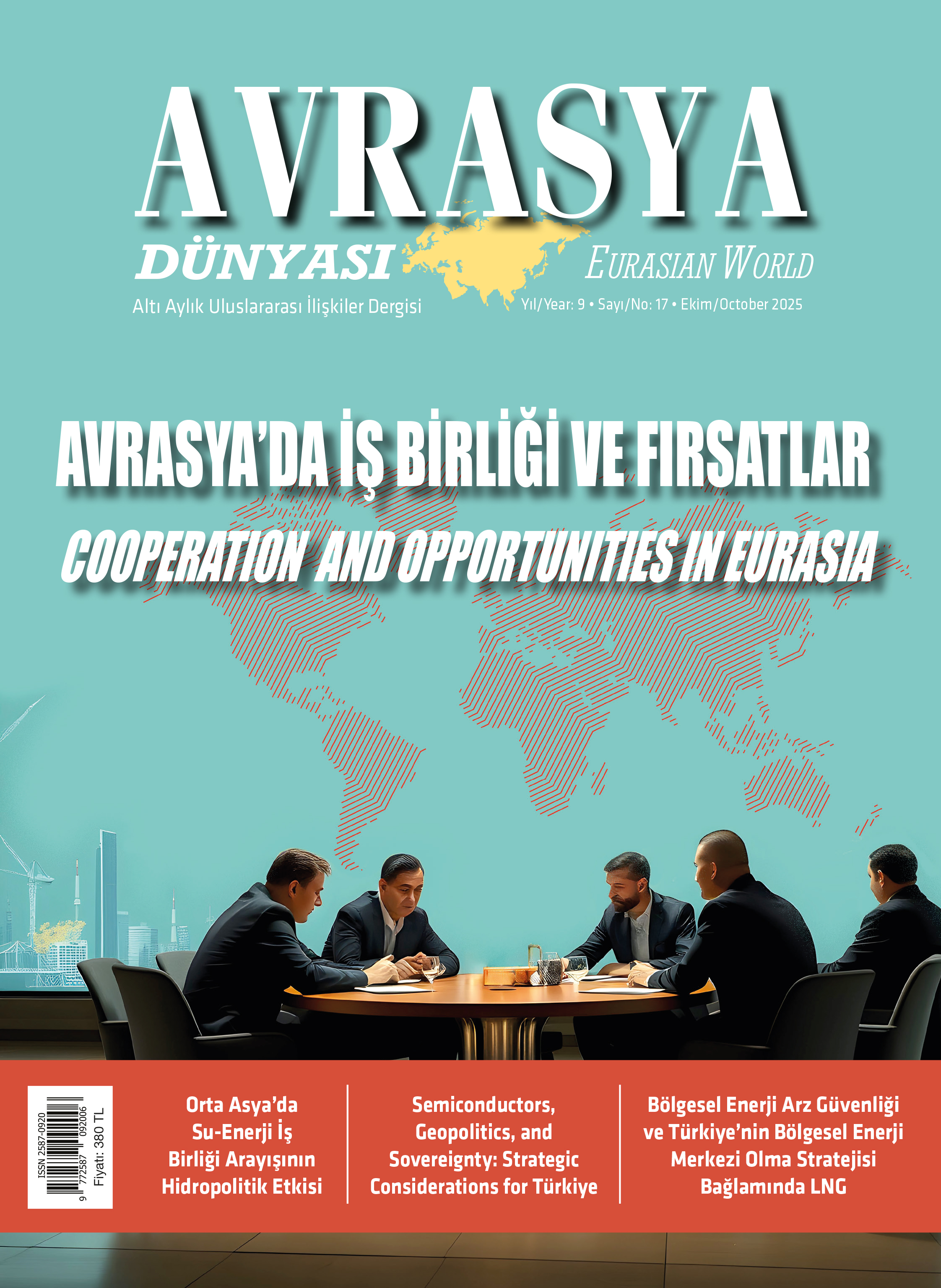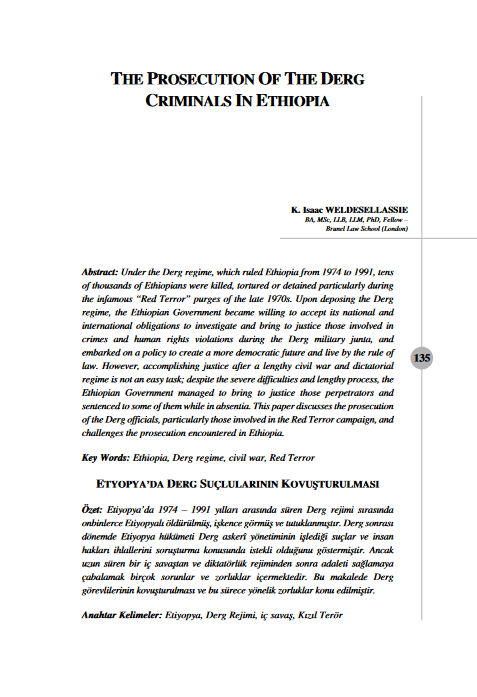
1. Geopolitical Shifts: External Powers’ Strategies and Limitations
The EU’s Ambiguous Engagement
The European Union’s “Global Gateway” initiative, framed as a sustainable alternative to China’s Belt and Road Initiative (BRI), seeks to counterbalance Russian and Chinese influence in Central Asia through €10 billion in infrastructure investments. However, the EU’s exclusion of Türkiye, a critical node in the Mediterranean-Black Sea corridor, from its inaugural Central Asia summit undermines its own connectivity objectives. This oversight risks replicating past EU missteps in the Eastern Mediterranean where sidelining Ankara led to fragmented energy and trade policies. 
By bypassing Türkiye’s historical and institutional ties with Turkic states, the EU over relies on partnerships with Central Asian governments that remain economically tethered to Russia and China. Kazakhstan, for instance, continues to balance Western engagement with its reliance on Moscow-led Eurasian Economic Union frameworks, exposing Brussels to strategic volatility.[1]
US “Greater Central Asia” vs. China’s Entrenchment
The United States’ “Greater Central Asia” strategy prioritizes securing rare earth minerals and diversifying trade routes like the Middle Corridor, yet it lacks Türkiye’s regional trust networks and logistical expertise. While Washington seeks to reduce dependence on Chinese critical minerals- Central Asia holds 38.6% of global manganese and 30% of chromium reserves- its transactional approach contrasts starkly with Ankara’s culturally rooted diplomacy via the Organization of Turkic States (OTS).
Meanwhile, China’s shift from bilateral “5+1” to multilateral full engagement format, or simply the “China-Central Asia Summit, signal institutional dominance but faces growing skepticism over debt-trap risks. China initially engaged Central Asia through the “5+1” format-five Central Asian states plus China-but this framework has now evolved into a “China-Central Asia Foreign Ministers’ Meeting” mechanism, reflecting a more institutionalized and multilateral approach following the inclusion of all six countries (China and the five Central Asian states) in regular summit-level cooperation. The upgrade was formalized at the inaugural China-Central Asia in both April and May 2025, which elevated the partnership to the heads-of-state level and established new, permanent cooperation mechanisms across sectors such as trade, security, and infrastructure. This shift signals China’s intent to anchor Central Asia within its sphere of influence as a “community of shared destiny,” while also responding rapidly to external engagement, such as from the EU.
Kyrgyzstan and Tajikistan, whose Chinese debt exceeds 30% of GDP, exemplify vulnerabilities that Türkiye’s equity-based partnerships avoid. China’s rapid response to EU outreach via upgraded regional forums highlights its determination to anchor Central Asia as a “community of common destiny.”[2]
Russia’s Ebbing Influence
Russia’s regional hegemony faces dual challenges: NATO-aligned naval exercises and Türkiye’s ascendant security partnerships. The upcoming “Caspian Breeze 2025” drills-jointly conducted by Azerbaijan, Kazakhstan, and tacitly supported by Türkiye-directly contest Moscow’s Caspian Flotilla dominance. These maneuvers align with Türkiye’s broader strategy to strengthen the Middle Corridor, which bypasses Russian-controlled north-south routes. [3]
Concurrently, Russia’s occupation of Crimea continues to alienate Black Sea littoral states, with Ukraine’s marine ecosystems and EU-linked energy projects (e.g., Trans-Caspian Pipeline) suffering collateral damage. Such overreach undermines Moscow’s credibility, creating openings for Ankara to position itself as a stabilizer through OTS-led infrastructure and energy diplomacy. [4]
2. Türkiye’s Strategic Assets in the Axis
The Middle Corridor: A Turkish-Led Vision
Türkiye’s Middle Corridor initiative has emerged as a transformative geopolitical project, offering the shortest overland route (6,500 km) connecting China to the EU while bypassing Russia and Iran. This corridor-comprising the Trans-Caspian International Transport Route (TITR) and the Zangezur link-reduces transit times from 45–60 days (Northern Corridor) to 15–18 days with projected annual cargo capacity exceeding 5 million TEUs by 2030. Synergies with Azerbaijan (via the Zangezur Corridor) and Kazakhstan (via the Aktau port modernization) underscore Türkiye’s capacity to harmonize regional logistics, as seen in the 2022 Türkiye-Kazakhstan agreement to streamline TITR documentation and halve transit times to five days[5].
Critically, the corridor aligns with EU and US objectives to diversify away from Russian routes, yet Ankara’s central role ensures it retains leverage. Türkiye’s proactive infrastructure investments, such as the Baku-Tbilisi-Kars Railway and the Caspian Container Hub-contrast with China’s debt-driven BRI projects, offering Central Asian states equitable partnerships.
Soft Power and Institutional Leverage
Türkiye’s cultural-linguistic affinity with Turkic states, institutionalized through the Organization of Turkic States (OTS), provides a unique advantage over transactional US/EU approaches. The OTS’s 2023 Samarkand Summit, which prioritized joint energy and defense projects, reflects Ankara’s strategy to transform historical ties into multilateral frameworks. Military diplomacy complements this: Türkiye’s Bayraktar TB2 drones, deployed by Azerbaijan in the 2020 Karabakh conflict, and its training programs for Kazakh naval forces exemplify defense exports as a tool of strategic alignment. 
This soft power extends to digital infrastructure, with Türkiye’s Türksat 5B satellite enhancing connectivity across Central Asia, a counter to China’s Digital Silk Road. Such initiatives position Türkiye as a “cultural interlocutor,” mitigating skepticism toward external powers’ extractive agendas.
Black Sea Security and Energy Hub Potential
Türkiye’s control of the Turkish Straits and its Floating Storage Regasification Unit (FSRU) projects solidify its role as a Black Sea energy arbiter. The straits facilitate 3% of global oil trade (3.7 million barrels daily), while the FSRU Ertuğrul Gazi diversifies EU gas supplies via Azerbaijani imports, reducing dependence on Russian pipelines. Ankara’s balancing act-maintaining NATO commitments while collaborating with Moscow on TurkStream-underscores its pragmatic sovereignty.
Recent NATO–Ukraine Black Sea security drills, coupled with Türkiye’s veto over non-littoral naval deployments, further empower Ankara to shape regional stability. This dual approach safeguards Türkiye’s interests amid competing EU–Russia tensions over Crimea’s occupation.
3. The Balancing Act: Türkiye’s Challenges
Navigating Russia-West Tensions
Türkiye’s strategic autonomy in the Black Sea is strained by competing pressures from NATO and Russia. While Ankara maintains NATO commitments-evidenced by its participation in Ukraine-led maritime security drills-it simultaneously sustains energy and defense ties with Moscow, including the TurkStream pipeline and the Rosatom-built Akkuyu nuclear plant. This duality reflects Türkiye’s pragmatic approach to safeguarding its interests: it condemns Russia’s occupation of Crimea under international law yet avoids sanctions to preserve economic stability. [6]
However, overreliance on Russian energy (40% of Türkiye’s natural gas imports) risks entanglement in Moscow’s geopolitical maneuvers, particularly as the EU seeks alternative suppliers post-Ukraine invasion. Türkiye’s Middle Corridor initiative, which bypasses Russia, offers a counterbalance but requires careful navigation to avoid alienating Moscow while advancing Western-aligned connectivity goals [7].
EU’s Exclusionary Approach
The EU’s decision to exclude Türkiye from its inaugural Central Asia summit, despite Ankara’s pivotal role in the Middle Corridor, undermines Brussels’ own connectivity ambitions. By sidelining Türkiye-a candidate member with linguistic and historical ties to Central Asia-the EU overlooks a partner capable of mitigating risks posed by Central Asian states’ economic dependencies on Russia and China.
This exclusion echoes past Mediterranean missteps, where EU policies fragmented energy cooperation. Revitalizing the stalled EU-Türkiye Customs Union negotiations could realign interests, particularly in diversifying critical mineral supply chains and integrating Türkiye’s logistics infrastructure into the Global Gateway initiative. As Türkiye’s Trade Minister emphasized, such cooperation is vital for advancing “green and digital transformation” synergies [8].
China’s Economic Inroads
Türkiye faces dual pressures from China’s expanding Belt and Road Initiative (BRI) investments and Western security concerns over 5G infrastructure. While Ankara collaborates with Huawei on digital transformation projects-evidenced by high-level visits to Beijing R&D centers-it cautiously avoids overreliance, mindful of cybersecurity risks highlighted by NATO allies.[9]
Türkiye’s equity-based partnerships in Central Asia, such as joint ventures in renewable energy, contrast with China’s debt-driven projects, which have burdened Kyrgyzstan and Tajikistan. By leveraging its OTS framework, Türkiye positions itself as a culturally attuned alternative to BRI, though balancing economic pragmatism with strategic autonomy remains a persistent challenge.
4. Recommendations for Türkiye
Strengthen Institutional Frameworks
In order for Türkiye to consolidate its leadership in Eurasia, it needs to transform the Organization of Turkic States (OTS) into a culturally homogeneous, integrated economic bloc that also takes security conditions into consideration. This requires adopting unified trade policies, such as harmonizing customs tariffs among member states, and jointly working on defense related issues. The OTS’s nascent Turkic Investment Fund (TIF), now valued at $600 million after Hungary’s accession, could evolve into a development bank to finance regional infrastructure, countering China’s BRI debt traps. Expanding membership to include observer states like Uzbekistan and Turkmenistan would amplify the bloc’s geopolitical weight, leveraging their combined $1.2 trillion GDP and 170 million population. As the director emphasized, such institutionalization would position Türkiye as a “rule-shaper” rather than a “rule-taker” in Eurasian governance.
Prioritize Middle Corridor Acceleration
Türkiye must expedite the Middle Corridor by securing US/EU financing for bottleneck projects, notably the China-Kyrgyzstan-Uzbekistan railway and Georgia’s Anaklia Deep Sea Port. Partnering with the US International Development Finance Corporation (DFC) and the European Bank for Reconstruction and Development (EBRD) could mobilize the $32 billion required to achieve 5 million a twenty-foot equivalent unit (TEU) annual capacity by 2030. Joint ventures with Kazakhstan in Trans-Caspian logistics (e.g., digitizing Aktau port operations) would enhance efficiency, while Türkiye’s Türksat 5B satellite could provide real-time cargo tracking. As Atlantic Council analysts note, Western support for the corridor would counterbalance Russia’s Northern Route and China’s BRI, ensuring Türkiye retains strategic autonomy.
Reclaim Mediator Role in Black Sea Stability
Türkiye should leverage its proven mediation capabilities to broker Crimea-focused Russia-Ukraine talks, building on its 2022 grain deal success. Hosting a multilateral summit under OTS auspices would position Ankara as an honest broker, addressing Black Sea security, energy transit, and environmental rehabilitation. Concurrently, expanding the FSRU Ertuğrul Gazi’s capacity to 28 billion cubic meters annually would solidify Türkiye’s role as an energy hub, reducing EU reliance on Russian gas by 15%.
5. Conclusion: Türkiye as the Axis’s Indispensable Power
Türkiye’s unique capacity to bridge institutional, cultural, and geographic divides positions it as the linchpin of the Central Asia–Black Sea axis. Its leadership in the Middle Corridor initiative, institutionalized through the Organization of Turkic States (OTS), and its dual role as a Black Sea energy arbiter and NATO ally underscore a strategic versatility unmatched by external powers. Türkiye’s “cultural interlocutor” role mitigates the transactional approaches of the EU and US, while its equity-based partnerships counterbalance China’s debt-driven entrenchment.
External powers risk destabilizing the axis by sidelining Ankara, as evidenced by the EU’s Mediterranean setbacks, where exclusionary policies fragmented energy security and trade integration. The Caspian Breeze 2025 drills and Türkiye’s veto over non-littoral naval deployments exemplify its capacity to shape regional stability-a capability Brussels and Washington cannot replicate without Ankara’s cooperation.
The axis’s future hinges on Türkiye’s ability to translate historical ties into 21st-century strategic partnerships. By institutionalizing the OTS accelerating the Middle Corridor with Western financing, and mediating Black Sea disputes, Türkiye can anchor Eurasian connectivity on equitable terms. As the Atlantic Council notes, “Ankara’s pragmatic sovereignty offers a blueprint for balancing great-power competition with regional agency.”
[1] Alexander Rahr, “EU Late in Central Asia Initiative,” Harici, April 16, 2025, https://harici.com.tr/en/eu-late-in-central-asia-initiative-says-expert/#google_vignette
[2] Umida Hashimova, “China Launches 5+1 Format Meetings with Central Asia,” The Diplomat, July 20, 2020, https://thediplomat.com/2020/07/china-launches-51-format-meetings-with-central-asia/ . Vali Kaleji. “China’s Debt-Trap Diplomacy in Central Asia.” the Central Asia-Caucasus Analyst , October 31, 2024, https://www.cacianalyst.org/publications/analytical-articles/item/13823-chinas-debt-trap-diplomacy-in-central-asia.html
[3] Jamestown Foundation, “Azerbaijan and Kazakhstan Plan Joint Naval Maneuvers.” April 24, 2025, https://jamestown.org/program/azerbaijan-and-kazakhstan-plan-joint-naval-maneuvers-in-caspian-near-russian-border/ ; Anaturk Bilge Gülaltay. “EU-Central Asia Summit 2025,” Hariciye, April 27, 2025 , https://hariciye.org/en/eu-central-asia-summit-2025-trnc-decisions-middle-corridor-and-turkeys-stance-by-anaturk-bilge-gulaltay/?amp=1
[4] Editor, “How War Affects the Black Sea,” Ukrainer, February 13, 2025, https://www.ukrainer.net/en/how-war-affects-black-sea/
[5] Tuba Eldem, “Russia’s War on Ukraine and the Rise of the Middle Corridor as a Third Vector of Eurasian Connectivity,” Stiftung Wissenschaft und Politik (2022): 7, https://www.swp-berlin.org/10.18449/2022C64/ ; “Kazakhstan Ratified the Agreement with Turkey on Easing Transportation by the Trans-Caspian International Transport Route,” STAL Logistic, May 22, 2024, https://stalogistic.com/en/news/company/kazakhstan-ratified-the-agreement-with-turkey-on-easing-transportation-by-the-trans-caspian-internat/
[6] Alper Çoşkun et. al, “Understanding Türkiye’s Entanglement With Russia,” Carnegie Endowment for International Peace, October 15, 2024 , https://carnegieendowment.org/research/2024/10/understanding-turkiyes-entanglement-with-russia?lang=en ; Elif Sarıçiçek and Tolga Öztürk, “The Annexation of Crimea and Türkiye’s Balancing Role,” Journal of Black Sea Studies 21, no. 3 (2024): 245 https://dergipark.org.tr/tr/pub/cbayarsos/issue/85574/1425589
[7] Eldem, “Russia’s War on Ukraine and the Rise of the Middle Corridor,”
[8] Mucahithan Avcioglu, "Türkiye Expects Customs Union Negotiations to Be Accelerated,” Anadolu Agency, January 14, 2025. https://www.aa.com.tr/en/turkiye/turkiye-expects-customs-union-negotiations-to-be-accelerated-minister/3450041
[9] Tuba Ongun, “Türkiye Explores Digital Partnership in Visit to Huawei R&D Center,” Anadolu Agency, November 12, 2024, https://www.aa.com.tr/en/science-technology/turkiye-explores-digital-partnership-in-visit-to-huawei-rd-center-in-beijing/3391994 .
© 2009-2025 Center for Eurasian Studies (AVİM) All Rights Reserved
No comments yet.
-
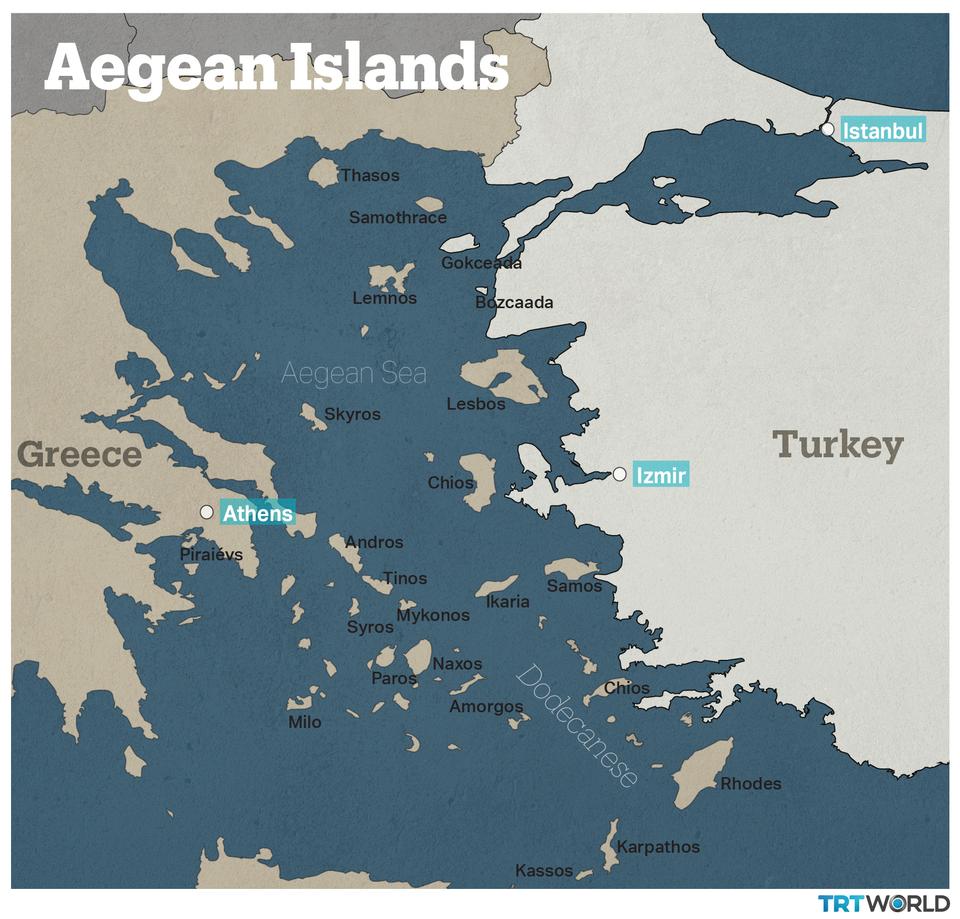 GREEK FOREIGN MINISTER DENDIAS CONCEDES THE DEMILITARIZED STATUS OF THE EASTERN AEGEAN ISLANDS AND THE DODECANESE
GREEK FOREIGN MINISTER DENDIAS CONCEDES THE DEMILITARIZED STATUS OF THE EASTERN AEGEAN ISLANDS AND THE DODECANESE
Teoman Ertuğrul TULUN 14.03.2022 -
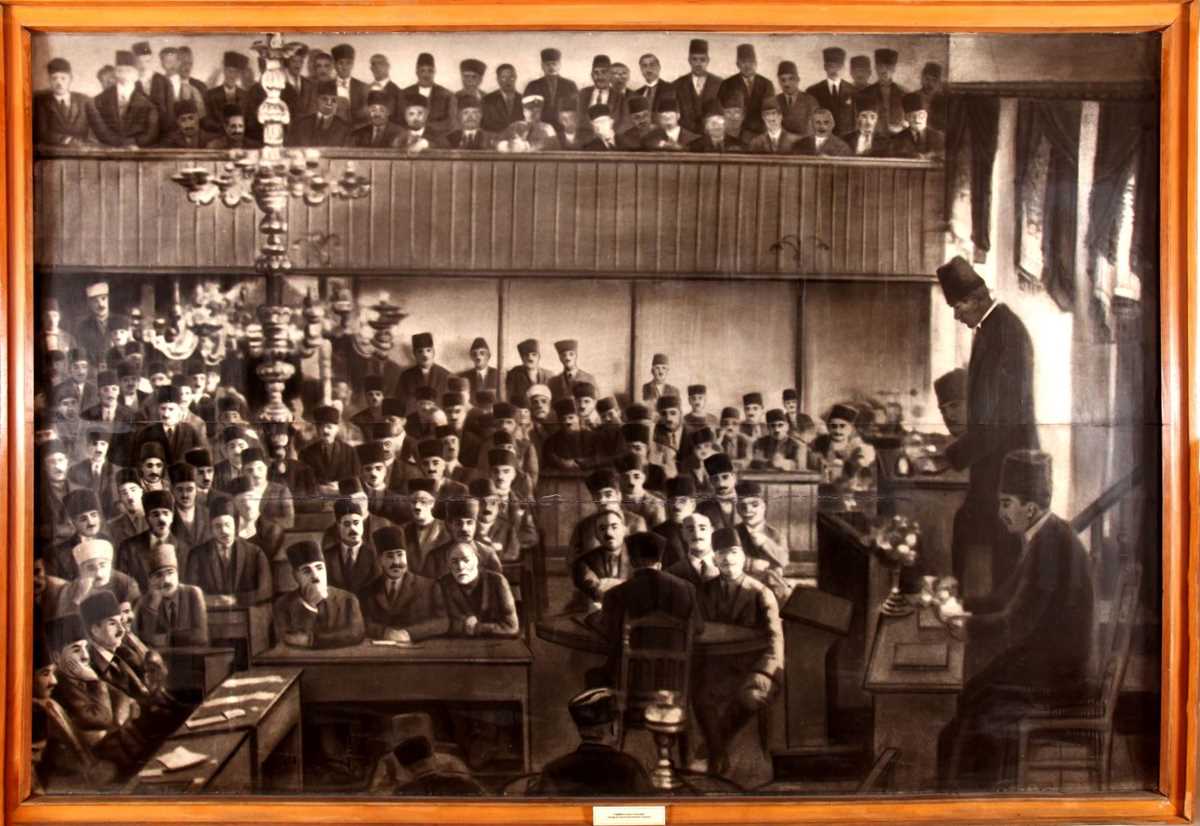 REMEMBERING AND REMINDING THE SIGNIFICANCE, MEANING, AND PROVISIONS OF THE LAUSANNE PEACE TREATY IN ITS CENTENARY
REMEMBERING AND REMINDING THE SIGNIFICANCE, MEANING, AND PROVISIONS OF THE LAUSANNE PEACE TREATY IN ITS CENTENARY
Teoman Ertuğrul TULUN 11.05.2023 -
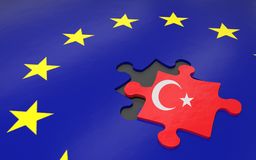 EP TURKEY RAPPORTEUR PIRI CONFIRMS WHAT HAD ALWAYS BEEN SUSPECTED: “EVEN IF TURKEY WERE A PERFECT DEMOCRACY, MERKEL AND […] SARKOZY WOULD NOT WANT TURKEY IN THE EU”
EP TURKEY RAPPORTEUR PIRI CONFIRMS WHAT HAD ALWAYS BEEN SUSPECTED: “EVEN IF TURKEY WERE A PERFECT DEMOCRACY, MERKEL AND […] SARKOZY WOULD NOT WANT TURKEY IN THE EU”
Teoman Ertuğrul TULUN 04.04.2019 -
 THE UN GENERAL ASSEMBLY REJECTED AND CONDEMNED HOLOCAUST DENIAL AND RECALLED THE INTERNATIONAL LEGAL BASIS OF ITS REJECTION
THE UN GENERAL ASSEMBLY REJECTED AND CONDEMNED HOLOCAUST DENIAL AND RECALLED THE INTERNATIONAL LEGAL BASIS OF ITS REJECTION
Teoman Ertuğrul TULUN 04.02.2022 -
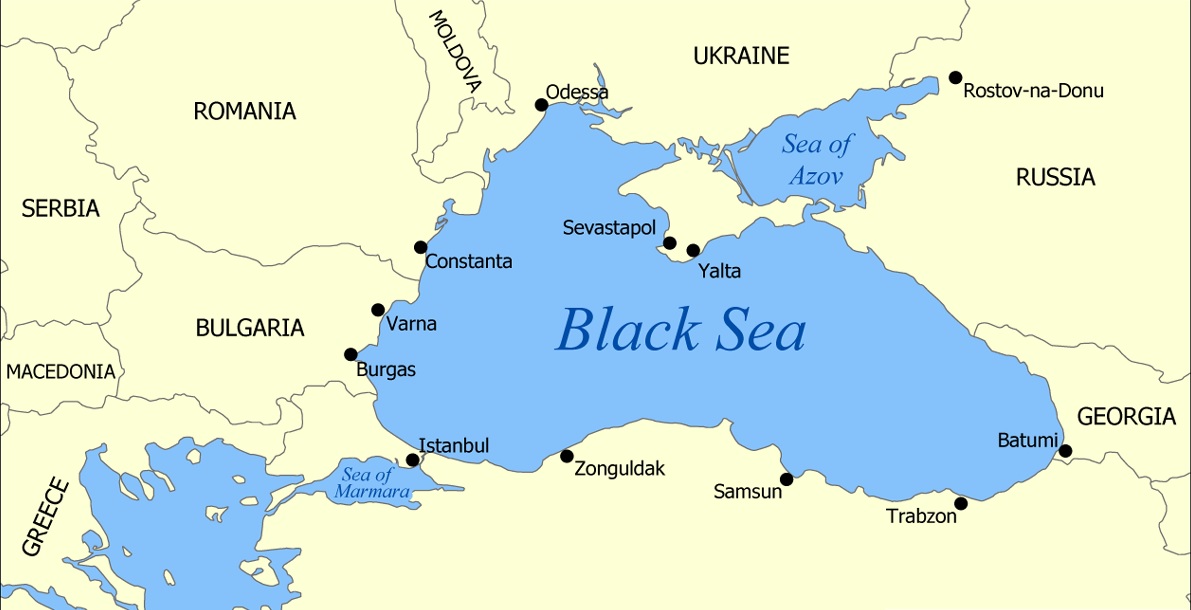 BLACK SEA NEEDS CONFIDENCE AND SECURITY BUILDING MEASURES MORE THAN EVER
BLACK SEA NEEDS CONFIDENCE AND SECURITY BUILDING MEASURES MORE THAN EVER
Teoman Ertuğrul TULUN 30.10.2018
-
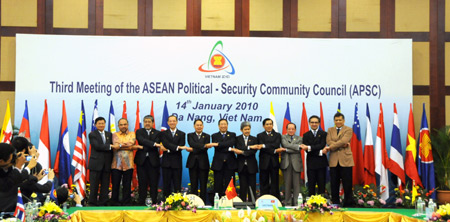 ASEAN’S DEFICIENCY IN DEALING WITH SECURITY ARENA
ASEAN’S DEFICIENCY IN DEALING WITH SECURITY ARENA
Teoman Ertuğrul TULUN 12.11.2018 -
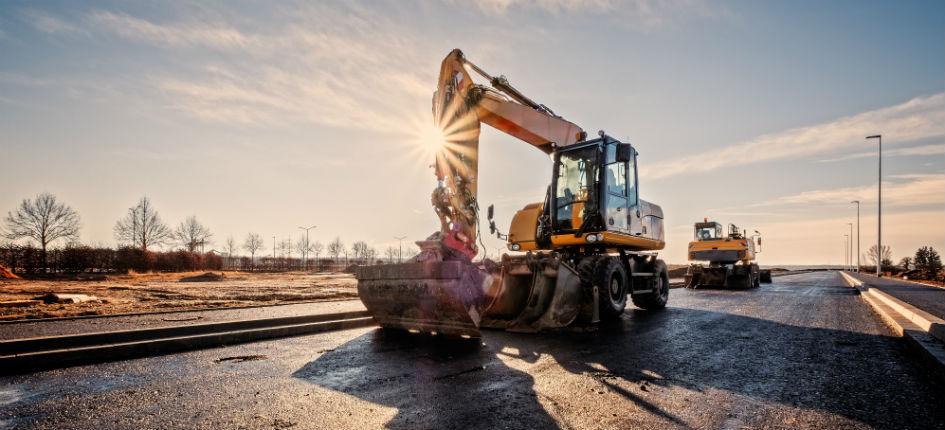 THE NEW SILK ROAD INITIATIVE: TURKEY’S STAKES IN THE GLOBAL DEVELOPMENTAL PROJECT
THE NEW SILK ROAD INITIATIVE: TURKEY’S STAKES IN THE GLOBAL DEVELOPMENTAL PROJECT
S. Işık BORA 07.08.2017 -
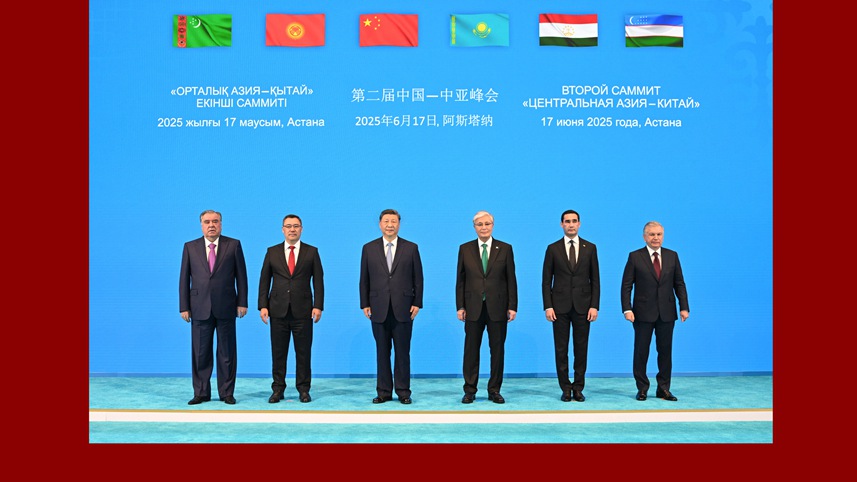 CHINA’S INCREASING INVOLVEMENT IN CENTRAL ASIA: THE SECOND CHINA-CENTRAL ASIA SUMMIT
CHINA’S INCREASING INVOLVEMENT IN CENTRAL ASIA: THE SECOND CHINA-CENTRAL ASIA SUMMIT
Seyda Nur OSMANLI 18.08.2025 -
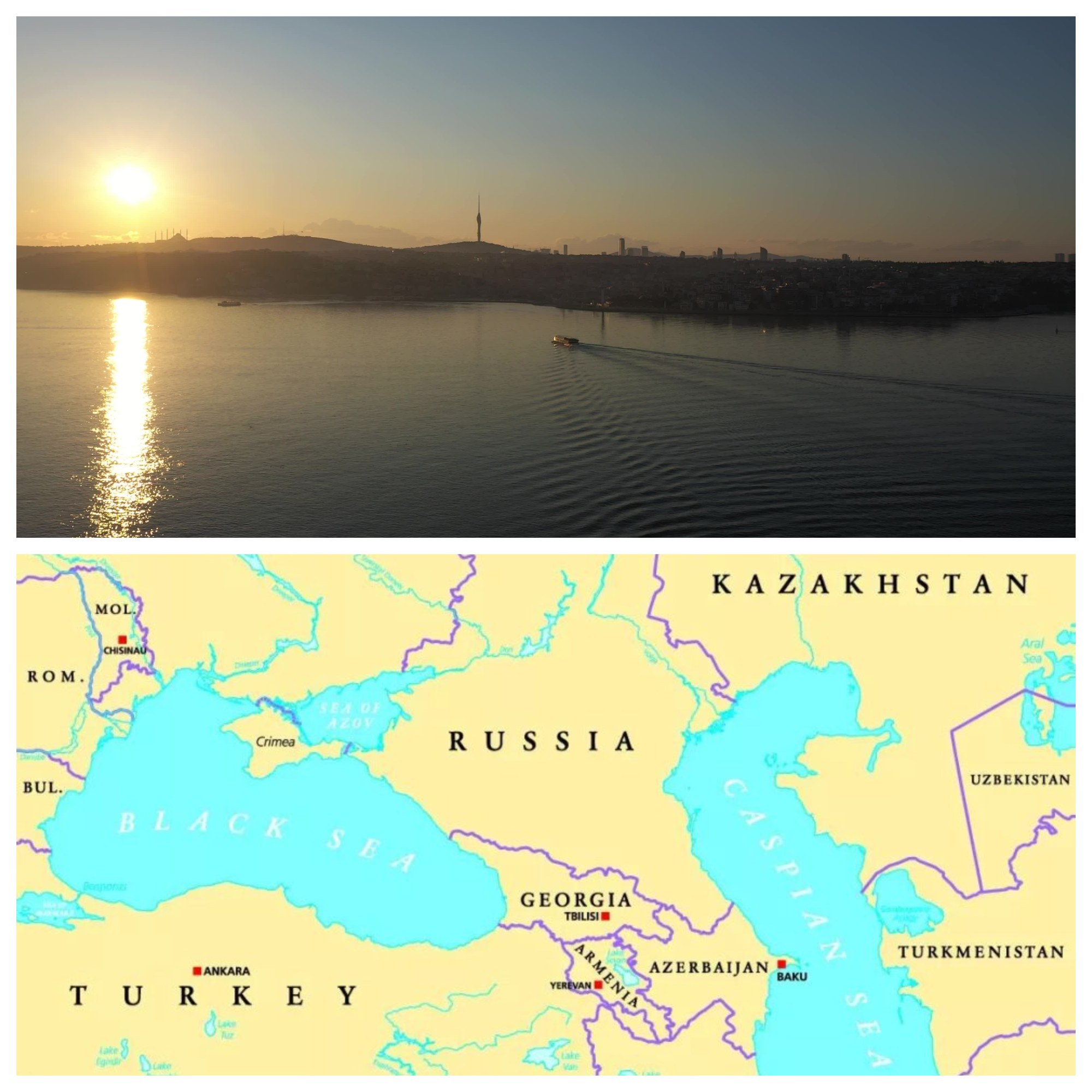 AT THE CROSSROADS: TÜRKİYE AND THE BATTLE FOR BLACK SEA ORDER
AT THE CROSSROADS: TÜRKİYE AND THE BATTLE FOR BLACK SEA ORDER
Teoman Ertuğrul TULUN 21.10.2025 -
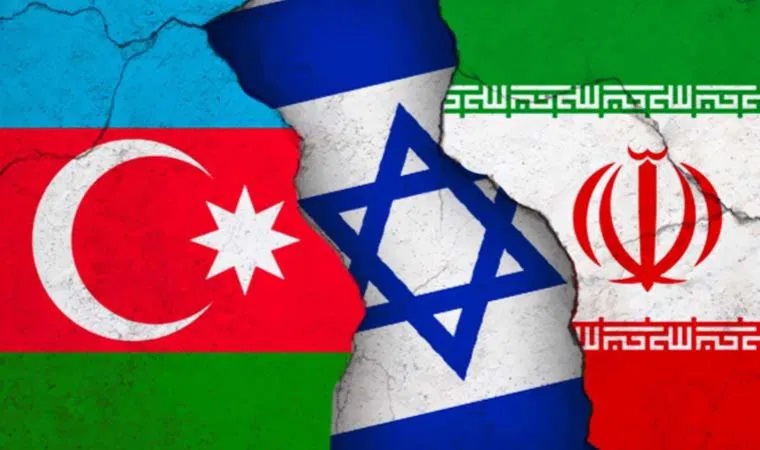 OVERLAPPING INTERESTS IN THE SOUTH CAUCASUS: THE AZERBAIJAN, ISRAEL AND IRAN TRIANGLE
OVERLAPPING INTERESTS IN THE SOUTH CAUCASUS: THE AZERBAIJAN, ISRAEL AND IRAN TRIANGLE
İlaha KHANTAMIROVA 29.05.2025
-
25.01.2016
THE ARMENIAN QUESTION - BASIC KNOWLEDGE AND DOCUMENTATION -
12.06.2024
THE TRUTH WILL OUT -
27.03.2023
RADİKAL ERMENİ UNSURLARCA GERÇEKLEŞTİRİLEN MEZALİMLER VE VANDALİZM -
17.03.2023
PATRIOTISM PERVERTED -
23.02.2023
MEN ARE LIKE THAT -
03.02.2023
BAKÜ-TİFLİS-CEYHAN BORU HATTININ YAŞANAN TARİHİ -
16.12.2022
INTERNATIONAL SCHOLARS ON THE EVENTS OF 1915 -
07.12.2022
FAKE PHOTOS AND THE ARMENIAN PROPAGANDA -
07.12.2022
ERMENİ PROPAGANDASI VE SAHTE RESİMLER -
01.01.2022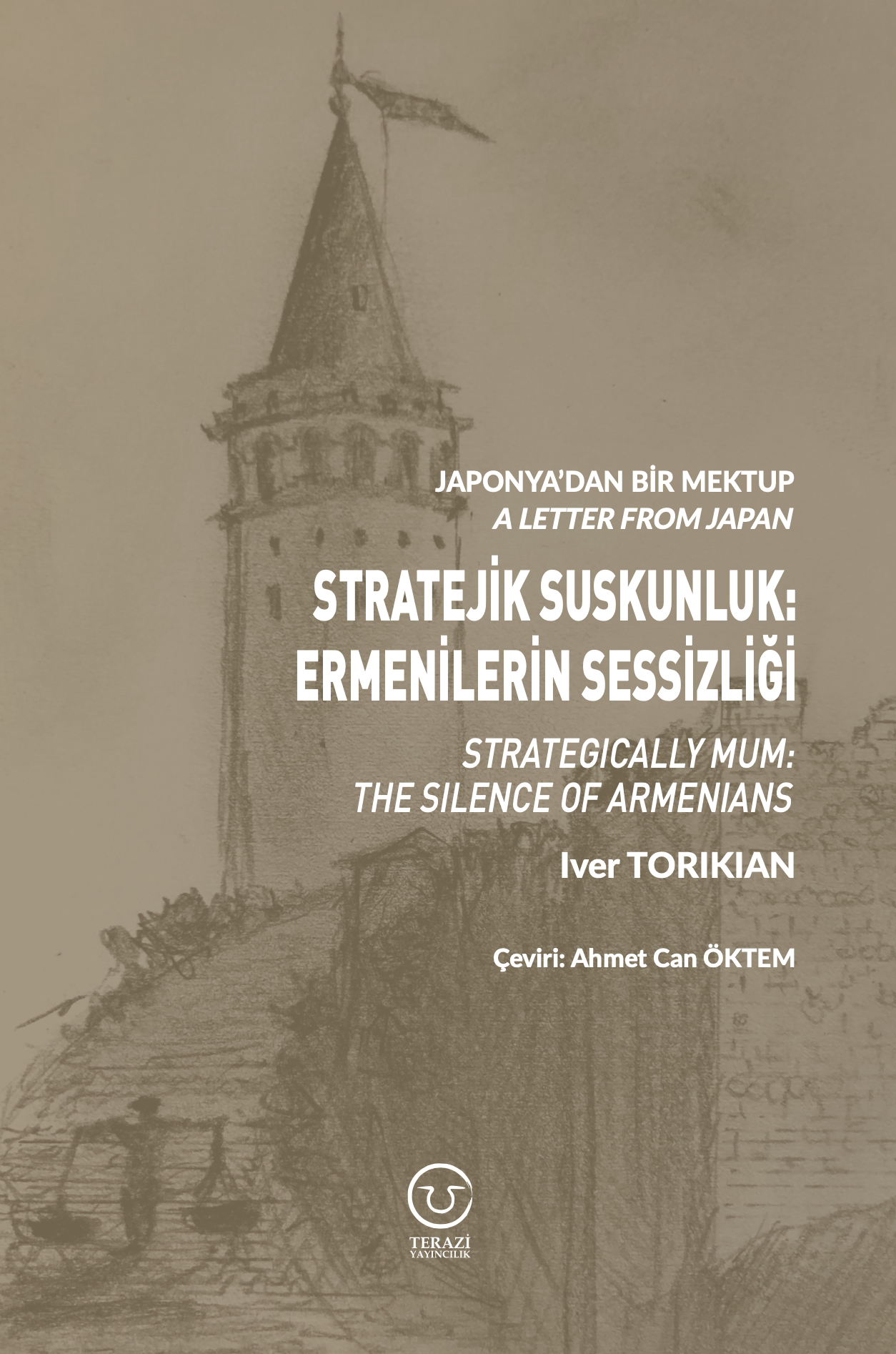
A Letter From Japan - Strategically Mum: The Silence of the Armenians -
01.01.2022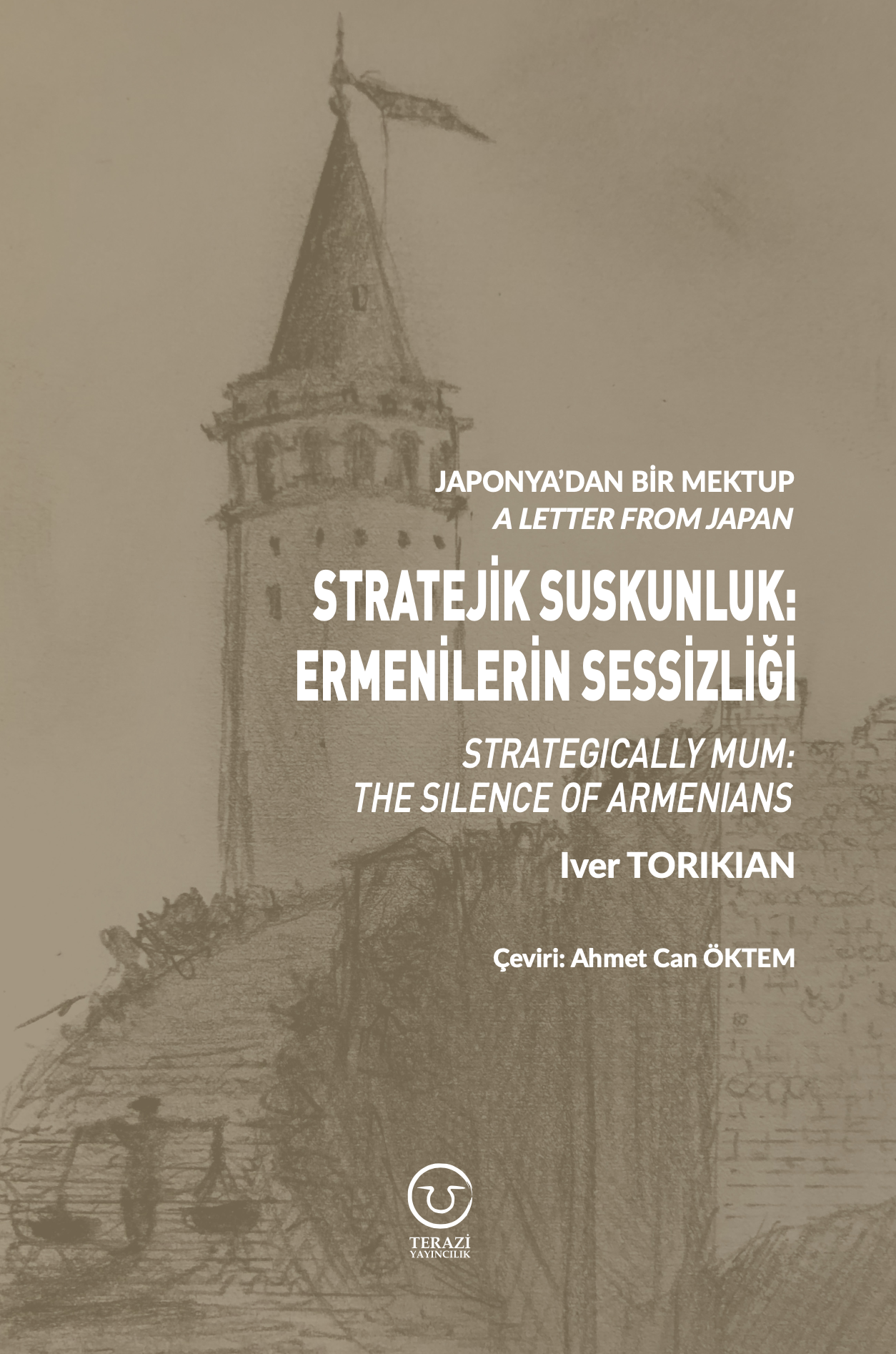
Japonya'dan Bir Mektup - Stratejik Suskunluk: Ermenilerin Sessizliği -
03.06.2020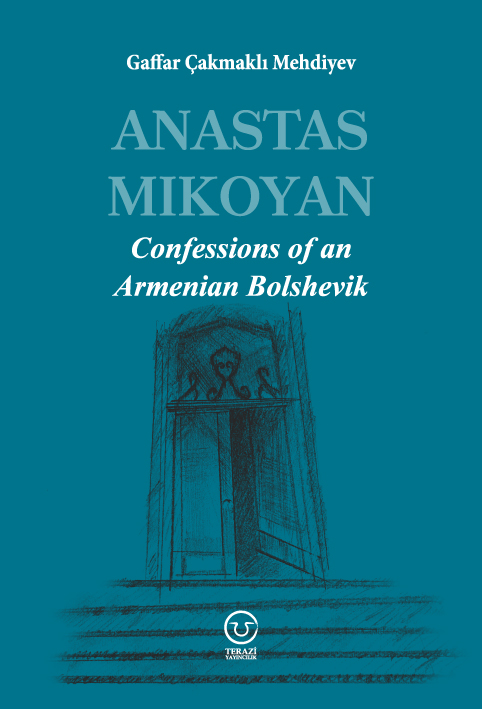
Anastas Mikoyan: Confessions of an Armenian Bolshevik -
08.04.2020
Sovyet Sonrası Ukrayna’da Devlet, Toplum ve Siyaset - Değişen Dinamikler, Dönüşen Kimlikler -
12.06.2018
Ermeni Sorunuyla İlgili İngiliz Belgeleri (1912-1923) - British Documents on Armenian Question (1912-1923) -
02.12.2016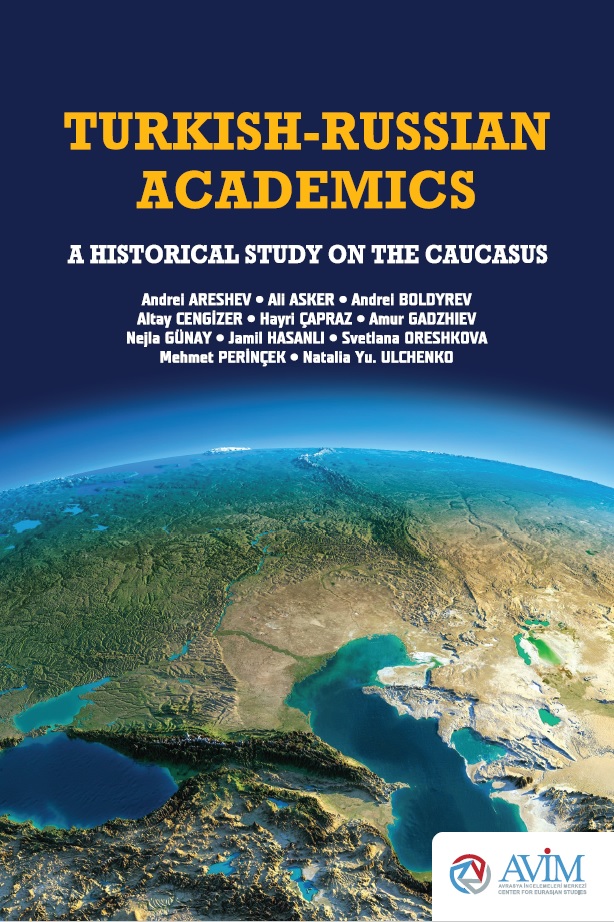
Turkish-Russian Academics: A Historical Study on the Caucasus -
01.07.2016
Gürcistan'daki Müslüman Topluluklar: Azınlık Hakları, Kimlik, Siyaset -
10.03.2016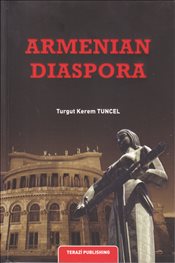
Armenian Diaspora: Diaspora, State and the Imagination of the Republic of Armenia -
24.01.2016
ERMENİ SORUNU - TEMEL BİLGİ VE BELGELER (2. BASKI)
-
AVİM Conference Hall 24.01.2023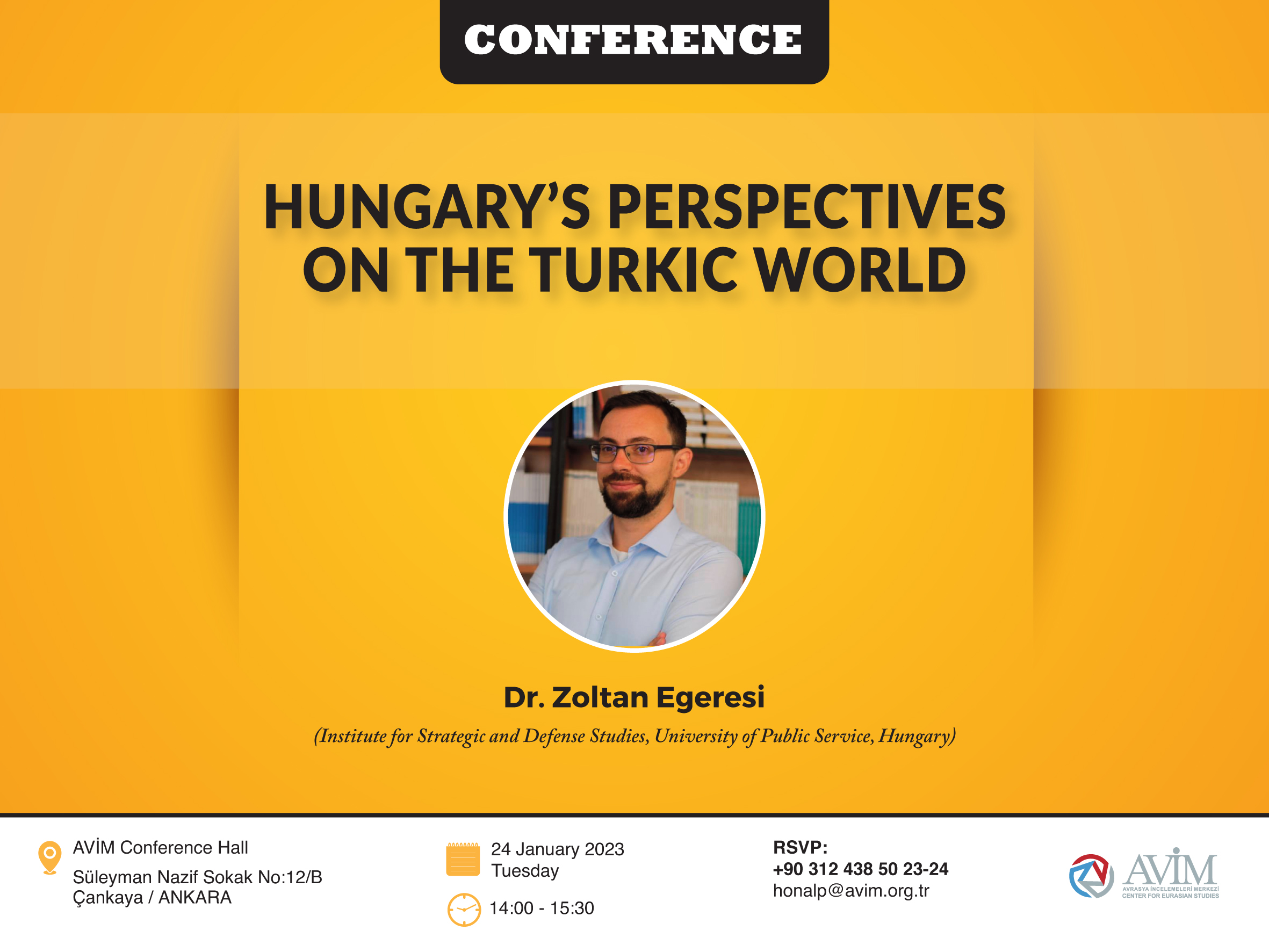
CONFERENCE TITLED “HUNGARY’S PERSPECTIVES ON THE TURKIC WORLD"



